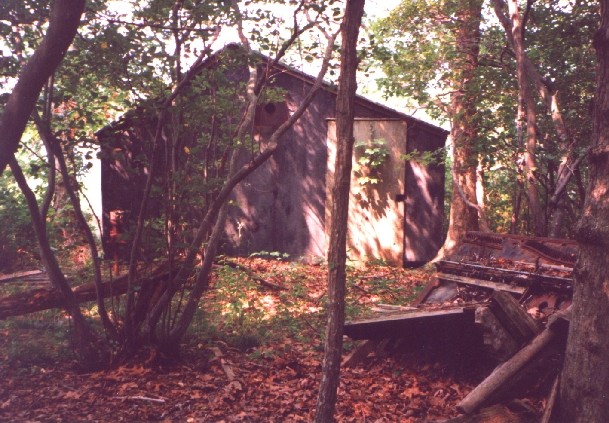|
Composer, educator, author.
* * *
* * *
LICORICE STICK Among jazz musicians, the clarinet is often called a licorice stick for the simple reason that it looks like one. But the clarinet is not only an instrument fro playing jazz. In fact, long before modern jazz became popular, the clarinet was one of the most important instruments of the symphony orchestra. It still is—-because it has a wider range and can be played with more variety of musical expression than any other instrument. That was not always so. Before the 18th century the clarinet (which was one of the wood-wind instruments then generally called chalumeaux) was nothing more than a cylindrical pipe played with a vibrating reed. It could play only one set of notes, so the “clarinetist” had to have many pipes of different lengths alongside him, and switch from one to another every time he wanted to play a different set of notes. That meant that clarinet notes in any musical arrangement had to be few and far between. Such a clarinet could not be very important. Then, during the 18th century, pitch holes and metal keys were added to the pipe-lengths, a bell was fastened on the end, and the modern clarinet was born. By covering or uncovering the various pitch holes with the keys, the clarinetist could now vary the pitch of his notes and play a melody. The “new” clarinet was introduced into the symphony orchestra by Mozart, who composed the famous Clarinet Quintet you will hear on this record. As you know, a symphony orchestra is divided into four sections: the strings, like the Violin and Double-bass; the brasses, like the French Horn and Tuba; the percussions, like the Tympani and Piano; and the woodwinds, like the Oboe and Bassoon. The clarinet is a woodwind. But, besides being excellent for solo playing, it also blends with many instruments both from the woodwind and other sections of the orchestra. TO PARENTS: YOUNG PEOPLE’S RECORDS believes that such sugar-coating not only in unnecessary, but that it often gets in the way, by confusing the answers to the child’s important questions about music and instruments. We believe (and work with hundreds of children has borne this out) that the instrument itself is fascinating enough to the child to permit its direct presentation. That does not mean that he is ready to be bored, as any adult would be, by a presentation that is dull and academic. It does mean that he can take a challenging and entertaining statement of the musical facts, without the talking-down cuteness some grown-ups seem to think necessary in communicating with children. THE WONDERFUL VIOLIN (YPR-311) and SAID THE PIANO TO THE HARPSICHORD (YPR-411) presented a string and a percussion instrument, respectively, by this method. This record presents one of the woodwinds, and a record on a brass, the French horn, is in preparation. While millions of people without knowledge of the symphonic instruments enjoy music—-we believe that an understanding of the instruments and their functions heightens musical appreciation. We believe that records such as these will lead the child to that understanding. * * * Douglas Moore introduced Beverly Sills singing "Willow Song" on American Music Masters. This clip from the early sixties was taken from the PBS Great Performances Special Beverly Sills: Made in America. |





